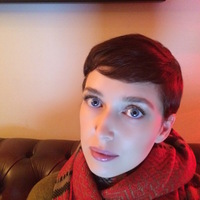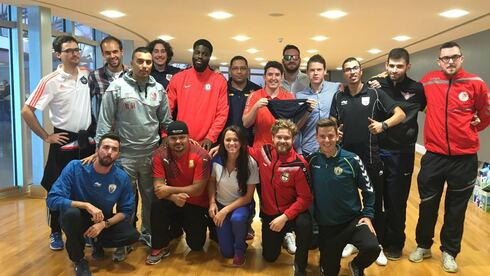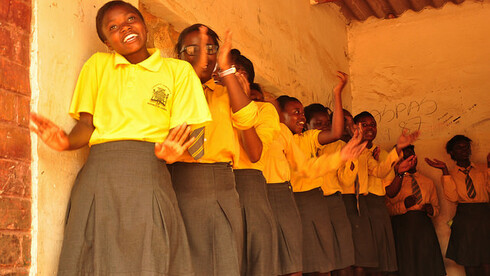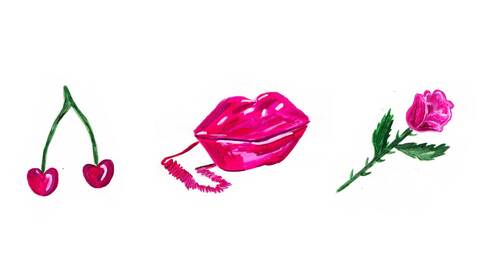Unrest VR When you’re too sick to leave your bed, where do you go?
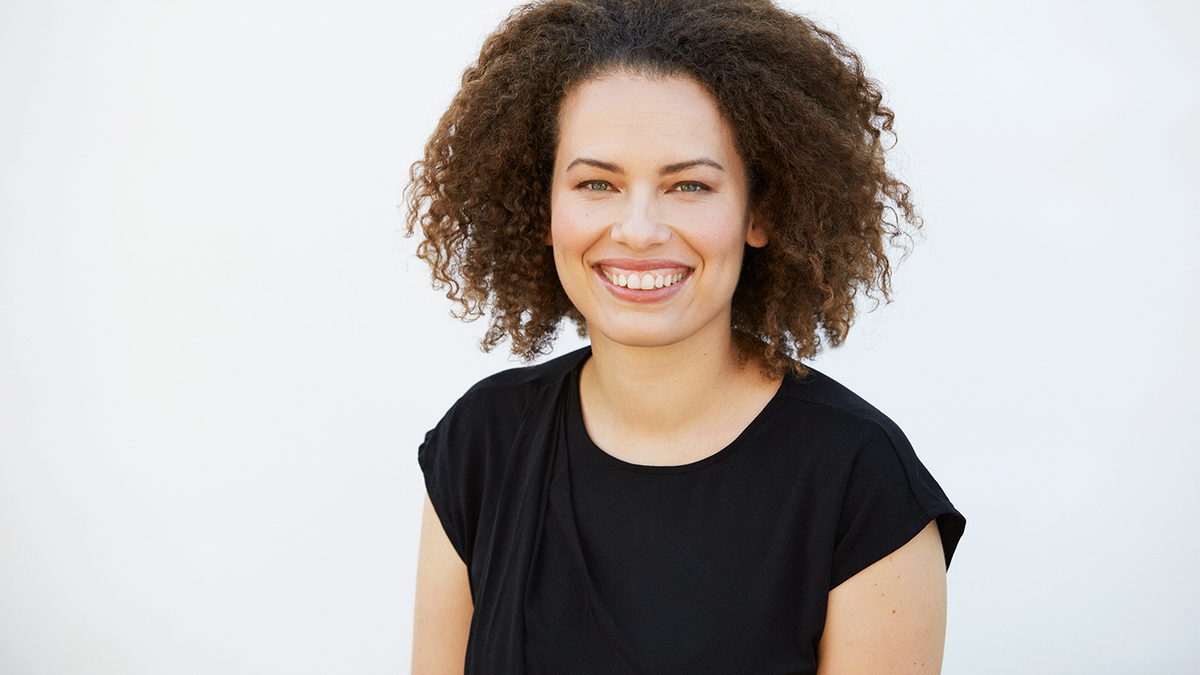
Q&A with Unrest director, Jennifer Brea
Twenty-eight-year-old Jennifer Brea is working on her PhD at Harvard and months away from marrying the love of her life when she gets a mysterious fever that leaves her so ill she can't stand, confined to her bed often in excruciating pain, and looking for answers. Disbelieved by doctors and determined to live, she turns her camera on herself and her community, a hidden world of millions confined to their homes and bedrooms by Myalgic Encephalomyelitis, also known as Chronic Fatigue Syndrome, Unrest is, at its core, a love story. How Jen and her new husband forge their relationship while dealing with her mysterious illness is at once heartbreaking, inspiring and funny.
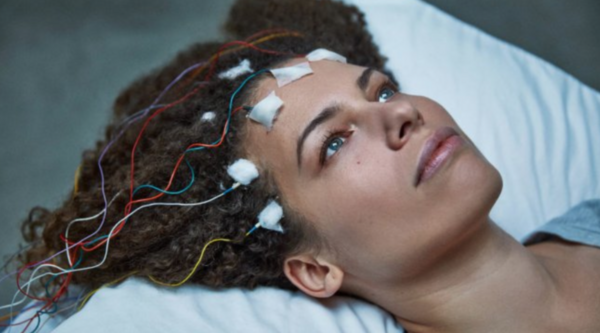
Why did you begin filming?
There are so many reasons I picked up my camera. First, because every time I went to my doctor and tried to describe in words what was happening to me at home, I was dismissed. I tried to be as precise as I could. I used metaphors; I used examples. I tried to describe what I was experiencing in brutal detail, yet my extreme and life-altering neurological symptoms were invariably translated into “a headache.” It was hard for my doctor to understand that when I was able even to make it to the doctor’s office, it was because it was a day when I was feeling uncommonly well.
I started filming myself on my iPhone at those moments when a doctor is never around — when suddenly I couldn’t speak, or when I’d have to just lie down in the middle of the floor, unable to lift my head. When I brought these videos into the consulting room, it changed the conversation completely. I saw the looks of concern, shock and horror on my doctor’s face. Suddenly it was, “Get an MRI, get a spinal tap, go see this specialist.”
I also turned to filmmaking as a way to make sense of things. I’d always been a writer, but I lost my ability to read. So my iPhone became my diary. The film began as a form of private, personal expression simply because I needed that outlet to stay sane.
How did the film morph from a personal diary to a documentary feature?
I started to learn my disease wasn’t rare or new, but that it had a long history. There were millions living with ME who had been forgotten because of the way the disease was confusingly branded as “chronic fatigue syndrome” in the 1980s. (The name CFS misleadingly implies that tiredness is the main, indeed the only, symptom. Around the same time, the illness was nicknamed ‘yuppie flu’ in the press.) I began to uncover the layers of misogyny and assumptions that medicine and society have about female patients being unreliable narrators of their own stories. I couldn’t countenance the prospect of spending the rest of my life in bed. But more than that, I couldn’t countenance living in a world where we allowed this to happen. What I saw angered me, and I knew this was a compelling story. I believed that if the world could see what the experience of this disease was really like if we could share our most intimate and painful moments, then things might begin to change.
How were you changed by the process of working on Unrest?
Filmmaking became a way for me to transcend the limitations of my body and connect to other people and other worlds. Through the powers of technology, I got to be inside bedrooms in different countries, to travel to devastatingly beautiful landscapes, to build relationships and find community. Working on this film kept me connected to the world and let me start to regain a piece of who I used to be — a journalist, a world traveller, constantly seeking.
I also had this intense experience of mirroring: I heard stories that sounded exactly like my story. I heard people describe symptoms no doctor had ever heard of that were not recorded in medical literature that were exactly the same as mine. Realizing that other people were experiencing these things helped my husband, Omar, and me to feel that we weren’t alone.
In time, the camera took on an almost transformative power. Each moment we were recording was a moment that now had the potential to mean something. It imbued otherwise useless, meaningless, random pain with the hope that one day if shared, these moments could help others. It took many conversations with my husband and with all of our DoPs to make them understand: “If you see me screaming, do not try to help, do not back away. Get closer. We already know there is very little you can do for me In those moments, the camera is the greatest act of love and care you can provide.”
Through making this film, I have found that we as human beings are more resilient than we know. When faced with unimaginable obstacles, we can find resources within ourselves we didn’t know we had. I think that is especially true if you’re lucky enough to have people who profoundly love you, or if you’re able to come together and find a community.
How long did it take to make the film?
I first started documenting myself in the spring of 2012 after I was diagnosed with ‘conversion disorder’, suggesting that symptoms could be traced back to a psychological trigger that she could not remember. In February 2013, I decided that I had to make a film after a really bad health crash — I showed up at the emergency room barely able to walk and was sent home with an aspirin. For funding, I launched a crowdfunding campaign, which ended up raising over $200,000, well over four times my initial goal. The success of the campaign proved there was a networked, passionate, eager audience for this film.
The new budget suddenly allowed me to imagine making a totally different kind of film. I started doing scouting shoots and trialling different forms of remote directing. We used a Skype teleprompter (a poor man’s Interrotron) to conduct interviews, and eventually, I found a way to stream our onset camera to my computer. Gradually, I built a global team. Our Danish co-producer Anne Troldtoft Hjorth and DP Christian Laursen joined in February 2014. My producer Lindsey Dryden joined me in May 2014. Producer Patricia E. Gillespie came on board in summer 2014. We completed post-production in December 2016, so the whole process took four years. One patient has called it “an uprising from our beds.”

What do you hope audiences will take away from the film?
I want people who watch the film to understand that ME is a serious, life-changing illness with a long history and that it has been seriously neglected because of sexism and because of ignorance and biases within the medical community.
I want people to know that there are millions suffering invisibly because science and medicine do not see us, because our disabilities are invisible, or because we are trapped in homes and bedrooms and therefore invisible to our communities.
I want people to see and experience people living with disabilities as complex and fully human. And I want people to walk away with a sense that life is fragile, life is precious. We are all temporary, but that when faced with unforeseen obstacles, we all have the potential to find resources within ourselves we didn’t know we had.
We need to realise that science and medicine are profoundly human endeavours, and that doctors, scientists and policymakers are not immune to the biases of the rest of the world. We also need to think about women’s health in a more nuanced way — our immune systems are just as much a battleground for equality as the rest of our bodies. Finally, we need to listen to patients;’stories, and when faced with uncertainty we must be willing to say “I don’t know” — because “I don’t know” is where discovery starts.
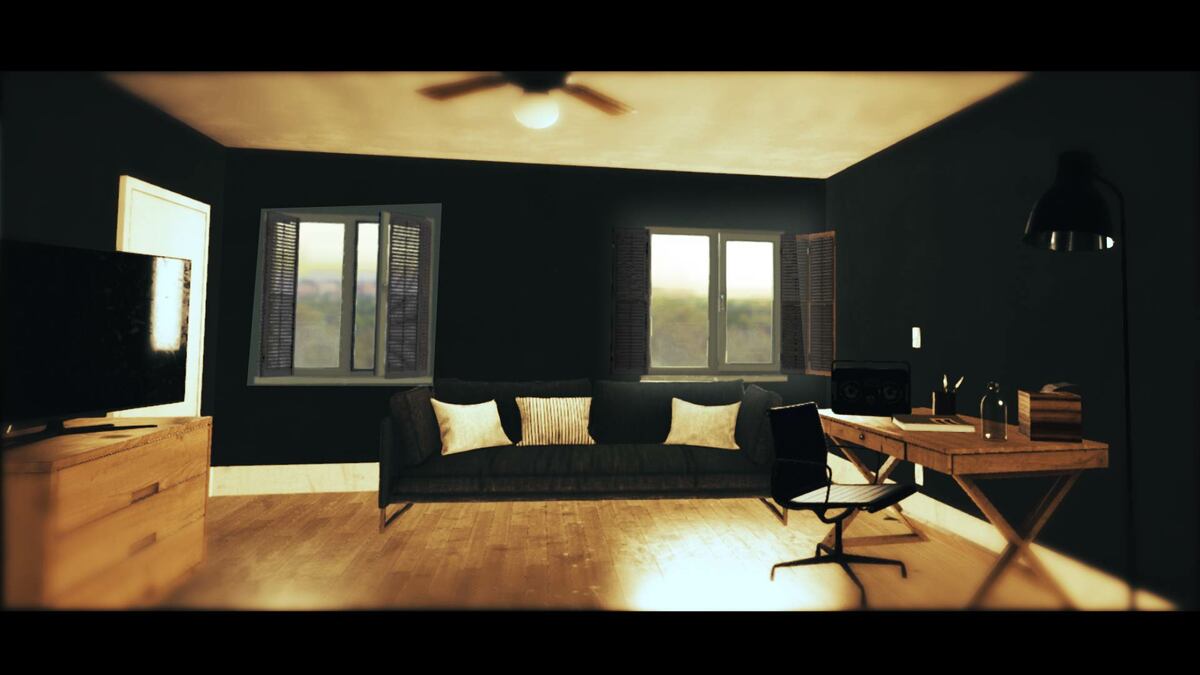
Unrest VR is an immersive interactive project inspired by Jennifer’s experience of this invisible illness, ME (myalgic encephalomyelitis), which contrasts the solitary confinement of a bedroom world with the kinetic freedom of an inner dreamscape. It is co-created by Jennifer Brea and Amaury La Burthe, and co-produced by Jennifer Brea, Lindsey Dryden and the French team who made multi award-winning Notes On Blindness VR: Arnaud Colinart (Ex Nihilo), Amaury La Burthe and Grégoire Parain (Novelab by AudioGaming). It premiered at Tribeca in April 2017, and won the Alternate Realities VR Award at Sheffield Doc/Fest, which honours the best virtual reality project.
UNREST will be released in UK & Eire by Together Films on 20th October 2017. Find out more at the website.
